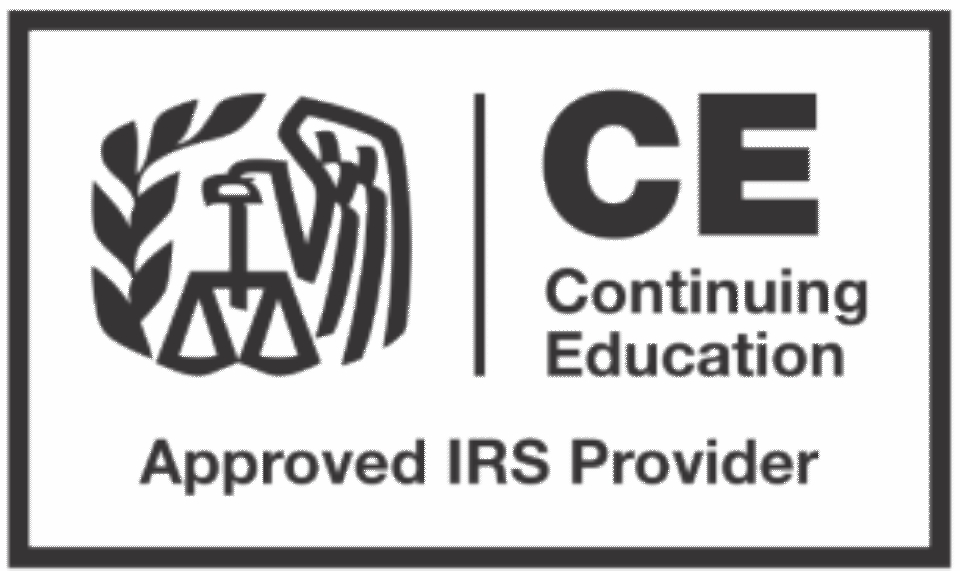Debt (mini)
Debt (mini)
Description:
This mini-course brings the practitioner information on tax issues affecting interest and debt. The various types of interest and their required allocation are explored and reviewed. For the economically troubled client, special attention is devoted to debt cancellation, repossession, discounts, and foreclosure. The program also discusses installment sales, taxable interest, and bad debts. As a result of studying the assigned materials, you should be able to meet the objectives listed below.
ASSIGNMENT
At the start of the materials, participants should identify the following topics for study:
* Deductible interest & debt
* Nondeductible interest
* Below-market interest rate loans
* Unstated or imputed interest on sales
* Original issue discount (OID)
* Allocation of deductible interest
* Taxable interest
* Installment sales
* Debt cancellation & foreclosure
* Bad debts
Learning Objectives
After reading the materials, participants will be able to:
1. Determine what constitutes interest specifying its key components, and identify whether the various types of interest are tax deductible or nondeductible.
2. Recognize how to deduct interest that is paid or accrued during the tax year applying different methods of accounting, specify the applicable federal rate, recognize the effects of unstated interest on transactions, and cite the imputed interest rules in the context of debt instruments.
3. Identify the interest allocation rules and the allocation period for a loan, recognize the difference between an allocation of loan proceeds that are deposited in an account and the allocation of loan proceeds received in cash, and cite loan repayments in the order they are deemed repaid.
4. Determine when certain distributions commonly referred to as “dividends” are actually interest and the tax treatment of interest that is earned on such items as income on frozen deposits and U.S. Savings Bonds.
5. Recognize an installment sale transaction, determine what constitutes the installment method, specify the parts of each payment on an installment sale, and cite the related party sales rules of 453.
6. Identify exceptions to the general income inclusion rule and their effect on a taxpayer, and determine the different effects of nonrecourse indebtedness from the effects of recourse indebtedness on foreclosure.
7. Specify bad debt categories specifying the impact of nonbusiness bad debt recovery, identify when a business deducts its bad debts from gross income, and recognize which accounting method to apply to business bad debts.
$19.00
Additional information
| Delivery Method | |
|---|---|
| Course Author | |
| Advanced Preparation | |
| Field of Study | |
| Instructional Format | |
| Knowledge Level | |
| Program Prerequisites | |
| Published Date | |
| Who Should Attend | All Certified Public Accountants (CPAs), Enrolled Agents (EAs), Other Tax Return Preparers (OTRPs) |
| Credits |

